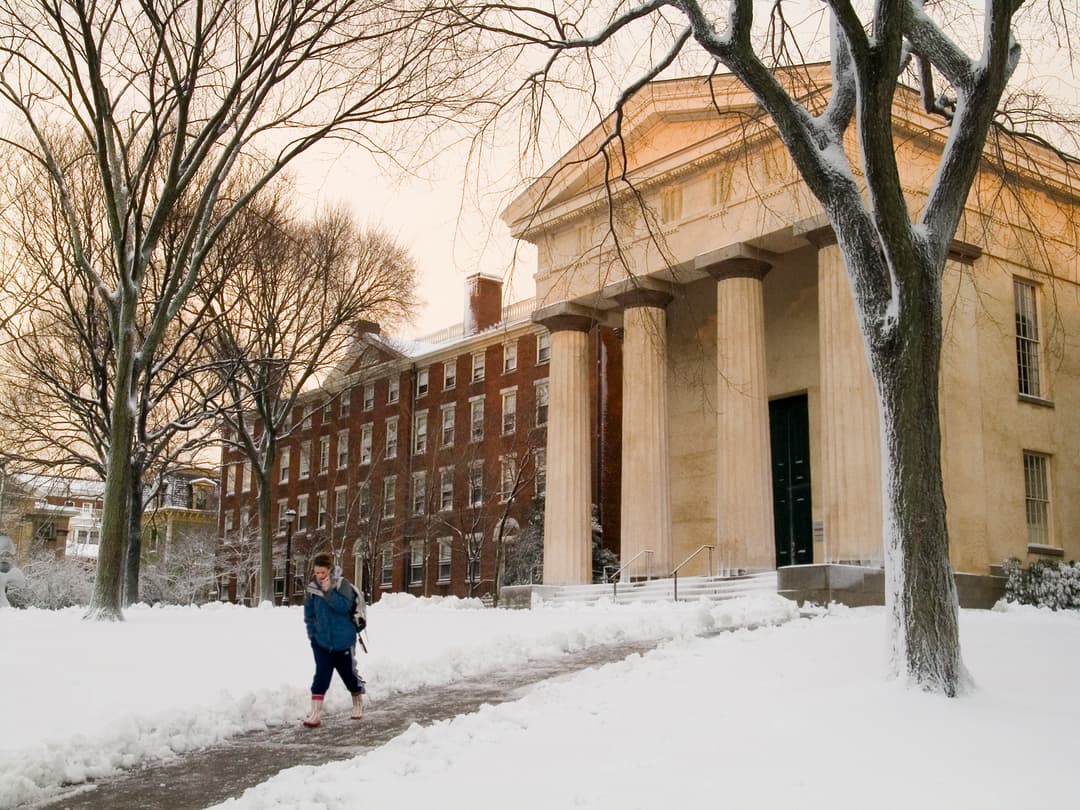
5 Tips to Freeze the Summer Melt During COVID-19
Many high school graduates who have been accepted to college plan to enroll and attend classes in pursuit of higher education in the fall. However, many individuals who are accepted also do not enroll for various reasons. Admission offices call this drop in enrollment the summer melt, but is there a way to avoid it?
Reasons for the melt vary and include not receiving financial aid, missing important deadlines, or not having support from family and friends. Prospective students may even change their minds because of a lack of connection to the institution, a negative experience during orientation, being released from another institution’s waitlist, or because they are anxious about leaving home.
It is common for newly graduated seniors to miss deadlines and overlook emails that colleges send during the summer, asking students to complete financial aid forms, turn in health documents, sign up for orientation, or register for classes. Focusing on summer fun, traveling, or working multiple jobs are just a few of the reasons why students don’t check their email. If an individual student misses any one of these dates, however, the college may assume that the student is not coming, and the student will be removed from attendance records.
Summer melt affects more first-generation and low-income students. During high school, there is structure, a process, and a support system to help guide these students. During the summer, this is often no longer available to students, which means they are without a guide to keep them on track.
Adding New Challenges Thanks to COVID-19
The pandemic is causing students and families to look at education differently. Many students are deferring admission until next year, hoping the higher education environment will shift back to normal.
In many situations, economics and location play significant roles in an individual’s decision to defer their higher education learning journey until later. With some parents facing unemployment, many students are looking at alternatives to their previous higher education plans by enrolling at in-state schools or taking courses at local community colleges. Likewise, the potential “new normal” higher education experience as a hybrid mix of online and in-person courses may not be desirable for all students, given tuition fees will still be charged in full.
How to Minimize Risk of Summer Melt
This year is unique in tackling the summer melt. In what is expected to be a larger summer melt than ever, can institutions do anything to mitigate the risk?
The primary action institutions can take is to engage with accepted students, connect with them on personal levels, and provide guidance throughout the summer. Here are some tips that can help reduce summer attrition rates.
- Text/Chat Students – Gen Z use digital channels as primary forms of communication. In many cases, individuals would rather information be conveyed via text or chat, even if it takes longer than speaking on the phone. Institutions should take note of this and engage with prospective students via text or web chat instead of other channels like email.
- Create an Online Community – Higher education institutions should create and build out an online community so incoming students connect with their peers on digital channels. If the community is quiet, “get to know you” surveys can help reinvigorate the conversation.
- Bridge Education and Work – Institutions should give students a concrete reason why they should attend their college or university. Connect students to specific academic programs and show how academic success can lead to professional success using real-world examples. This is a great opportunity to reach out to alumni for stories of their success.
- Assign Mentors/Student Ambassadors – It’s important to mind the gap between high school and college. Institutions should consider assigning mentors or student ambassadors to at-risk students to help them meet important deadlines.
- Go Mobile – Engagement is a mobile game today. Incoming students should be able to download on-campus apps so they begin to feel part of the community earlier.
The key to mitigating the risk of this year’s summer melt is to stay engaged with incoming students. Higher education institutions should create a sense of community and help them transition to life on campus or hybrid learning experiences.



